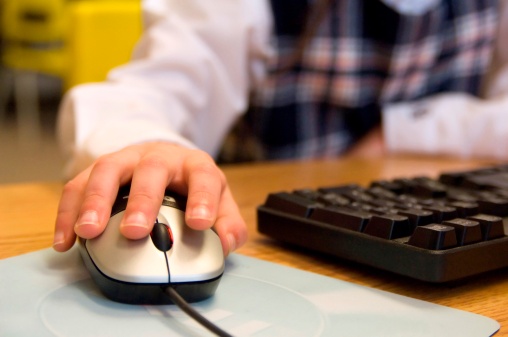In the era of digital convenience, modern technologies like cloud computing and mobile devices have revolutionised the way we perform everyday tasks. From online shopping to remote work, these technologies have made our lives significantly easier and more efficient. However, as with most things in life, this convenience does not come without its own set of challenges. In the realm of technology, greater accessibility often equates to increased vulnerability, making personal cyber security a critical concern.
As the global adoption of new technologies continues to surge, so does the incidence of cybercrime. Cybercriminals are becoming increasingly sophisticated, exploiting the very conveniences that technology offers to orchestrate identity theft, data breaches, and other malicious activities. This rise in cyber threats underscores the importance of personal cyber security. It’s no longer just about protecting your devices; it’s about safeguarding your digital identity and the wealth of personal information that resides in the digital realm.
Practising safety when using technology is not just a recommendation; it’s a necessity. Personal cyber security should be an integral part of our digital lives, much like locking our homes when we leave or wearing seatbelts when we drive. It’s about being aware of the potential risks and taking proactive steps to mitigate them.
At the end of the day, security comes down to you: the user. No matter what kind of firewalls, antivirus or other IT security software your employer or your team uses, if you’re not safe, you won’t stay safe for long.
Staying Secure: Six Key Tips for Everyday Tech Use
The most important thing is to stay aware of the new risks that come along with using modern technology. Keep these six key tips in mind when using technology every day:
1. Control Your Visibility
It’s easier than you may think for hackers to learn what they need to know about you. Social media allows them to gather information about your work, family, pets, favourite vacation destinations and more, which makes it easier for them to guess passwords and send fraudulent emails while posing as someone else. The best way to combat this trend is by controlling your privacy settings on social media, using complex, unique passwords and enabling advanced security features such as two-step verification.
2. Familiarise Yourself With Hacking Methods
Most common hacking techniques and cybercrime schemes require the (unwitting) participation of someone on the inside. Downloading a suspicious email attachment or even responding to or forwarding an email can be all it takes. That’s why it’s vital for you to be wary of unexpected emails, unverified contacts, and unusual requests. It can often be as easy as requesting verification on the phone to stop a hacker who’s posing as someone else.
3. Avoid Free Wi-Fi
Sure, it’s convenient to utilise free Wi-Fi in spots like airports, beaches, and cafes. However, hackers are smart, and they know where people are likely to connect their devices to unsecured networks. Cybercriminals can set up free Wi-Fi, and when you unknowingly connect, you could be compromising your device. Use discretion when determining whether a free Wi-Fi hotspot is actually worth the risk.
4. Stay up to date
While some users remain sceptical of new updates to their software, the fact is that these patches help to protect your information from known vulnerabilities. By refusing an upgrade, you risk maintaining a weakness in the system that is publicly recognised at that point as a method that hackers may use to compromise your info, so be sure to regularly check for updates.
5. Use a wide variety of passwords
Even though you may have over a dozen different logins for the services you make use of on the web, the fact is that unique passwords are an important part of online security. If you were to use the same password for your email, online banking, and social media, the vulnerability of your information would significantly increase because a successful hack of just one account opens up every other one with the same password. Be sure to vary your password from one account to the next.
6. Enable two-factor verification
Many services these days, including Gmail, Facebook, and PayPal, offer a subsequent step for verification to ensure that hackers would need more than just your password to gain access to your accounts. While the methods may vary, a traditional form of two-factor verification today is to have a confirmation code sent to your mobile device that you then use your password to log in. While it may take more time, it only adds to the security of your information.
Your Guide to Personal Cyber Security
With the rate at which technology is constantly evolving, it’s important to make use of the latest tools available to you. When it comes to sensitive data, there’s no precaution too high. Remember, personal cyber security is not a one-time effort, but a continuous process of learning, adapting, and implementing safe practices. By doing so, you can enjoy the conveniences of modern technology without compromising your security.




